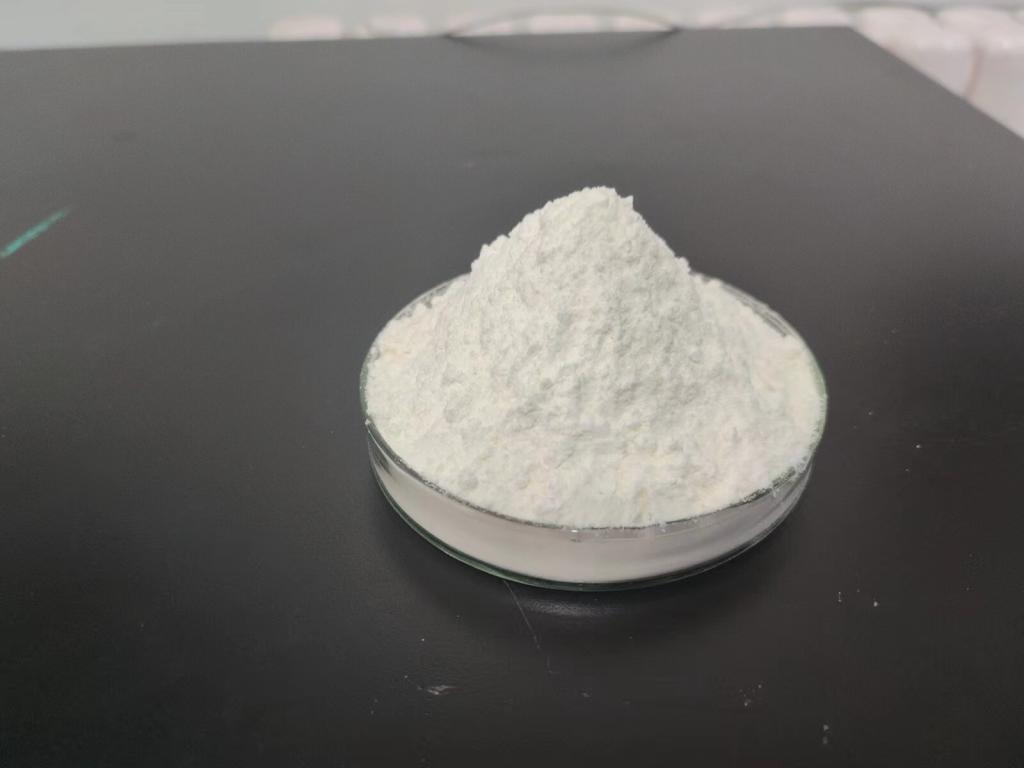Tel:+8618231198596

News
 CONTACT
CONTACT
 CONTACT
CONTACT
- Linkman:Linda Yao
- Tel: +8618231198596
- Email:linda.yao@dcpharma.cn
- Linkman:CHARLES.WANG
- Department:Overseas
- Tel: 0086 0311-85537378 0086 0311-85539701
News
Current Position:
Home >
News
>ε-Polylysine Hydrochloride in Snack Foods: Innovations in Natural Preservation
ε-Polylysine Hydrochloride in Snack Foods: Innovations in Natural Preservation
TIME:2023-12-27
1. Understanding ε-Polylysine Hydrochloride:
ε-Polylysine Hydrochloride is a natural antimicrobial peptide derived from bacterial fermentation, particularly from the bacterium Streptomyces albulus. It is known for its potent antimicrobial properties against a broad spectrum of microorganisms, including bacteria and fungi. Before exploring its applications in snack foods, it is crucial to understand the characteristics that make ε-Polylysine Hydrochloride an attractive option for natural preservation:
a. Antimicrobial Spectrum: ε-Polylysine Hydrochloride exhibits broad-spectrum antimicrobial activity, making it effective against various spoilage microorganisms and pathogens.
b. Safe for Consumption: Extensive safety studies have confirmed the safety of ε-Polylysine Hydrochloride for human consumption, making it suitable for use in food products.
c. Stability and Compatibility: ε-Polylysine Hydrochloride remains stable under various processing conditions, including heat treatments and acidic environments commonly encountered in food manufacturing.
2. The Shift Towards Natural Preservatives in Snack Foods:
Consumer demand for cleaner labels and natural ingredients is reshaping the snack food industry. Key drivers for this shift include:
a. Clean Label Trend: Consumers are increasingly scrutinizing ingredient lists, preferring recognizable and natural components in their snack choices.
b. Health and Wellness Focus: The association between synthetic additives and potential health concerns has led consumers to seek healthier and more natural alternatives.
c. Extended Shelf Life: Natural preservatives, such as ε-Polylysine Hydrochloride, offer a way to extend the shelf life of snack products without compromising on health or quality.
3. Applications of ε-Polylysine Hydrochloride in Snack Foods:
The integration of ε-Polylysine Hydrochloride into snack foods can bring several benefits:
a. Extended Shelf Life: ε-Polylysine Hydrochloride inhibits the growth of spoilage microorganisms, contributing to an extended shelf life for snacks without the need for synthetic preservatives.
b. Improved Safety: By controlling the growth of pathogens, ε-Polylysine Hydrochloride enhances the safety of snack products, reducing the risk of foodborne illnesses.
c. Maintaining Freshness: The antimicrobial properties of ε-Polylysine Hydrochloride help maintain the freshness and quality of snacks, especially those prone to microbial spoilage.
4. Considerations in Implementation:
While ε-Polylysine Hydrochloride presents opportunities for natural preservation in snack foods, its successful implementation requires careful consideration:
a. Dosage Optimization: Determining the optimal concentration of ε-Polylysine Hydrochloride to ensure effective preservation without impacting the taste or texture of snack products.
b. Regulatory Compliance: Adhering to regulatory standards for natural preservatives and ensuring that ε-Polylysine Hydrochloride meets safety and efficacy requirements.
c. Compatibility with Formulations: Assessing the compatibility of ε-Polylysine Hydrochloride with different snack formulations and ingredients to avoid any adverse effects on product quality.
5. Addressing Consumer Perceptions:
Consumer acceptance is pivotal for the success of natural preservatives. Addressing consumer perceptions involves:
a. Transparency: Clearly communicating the use of ε-Polylysine Hydrochloride as a natural preservative in snack products and providing information on its safety and benefits.
b. Educational Initiatives: Implementing educational initiatives to inform consumers about the antimicrobial properties of ε-Polylysine Hydrochloride and its role in preserving snack freshness.
c. Taste Testing and Feedback: Conducting taste tests and gathering consumer feedback to ensure that the incorporation of ε-Polylysine Hydrochloride does not compromise the sensory attributes of snacks.
6. Future Trends and Innovations:
The future of natural preservation in snack foods, including the application of ε-Polylysine Hydrochloride, involves ongoing innovations:
a. Synergistic Approaches: Exploring synergistic effects with other natural preservatives and technologies to enhance the overall preservation strategy in snack products.
b. Packaging Innovations: Investigating packaging solutions that complement the action of ε-Polylysine Hydrochloride, further enhancing the freshness and shelf life of snacks.
c. Consumer-Driven Innovation: Continuously monitoring consumer preferences and trends to adapt and innovate snack products with ε-Polylysine Hydrochloride based on evolving demands.
Conclusion:
The integration of ε-Polylysine Hydrochloride in snack foods represents an innovative step towards natural preservation, aligning with the evolving preferences of consumers for clean labels and healthier options. Its broad-spectrum antimicrobial activity, safety profile, and compatibility with various snack formulations position ε-Polylysine Hydrochloride as a valuable tool for the snack food industry. As the demand for natural preservatives continues to grow, the incorporation of ε-Polylysine Hydrochloride opens new possibilities for snack manufacturers to enhance the quality, safety, and shelf life of their products while meeting the expectations of a health-conscious consumer base.
- Tel:+8618231198596
- Whatsapp:18231198596
- Chat With Skype







